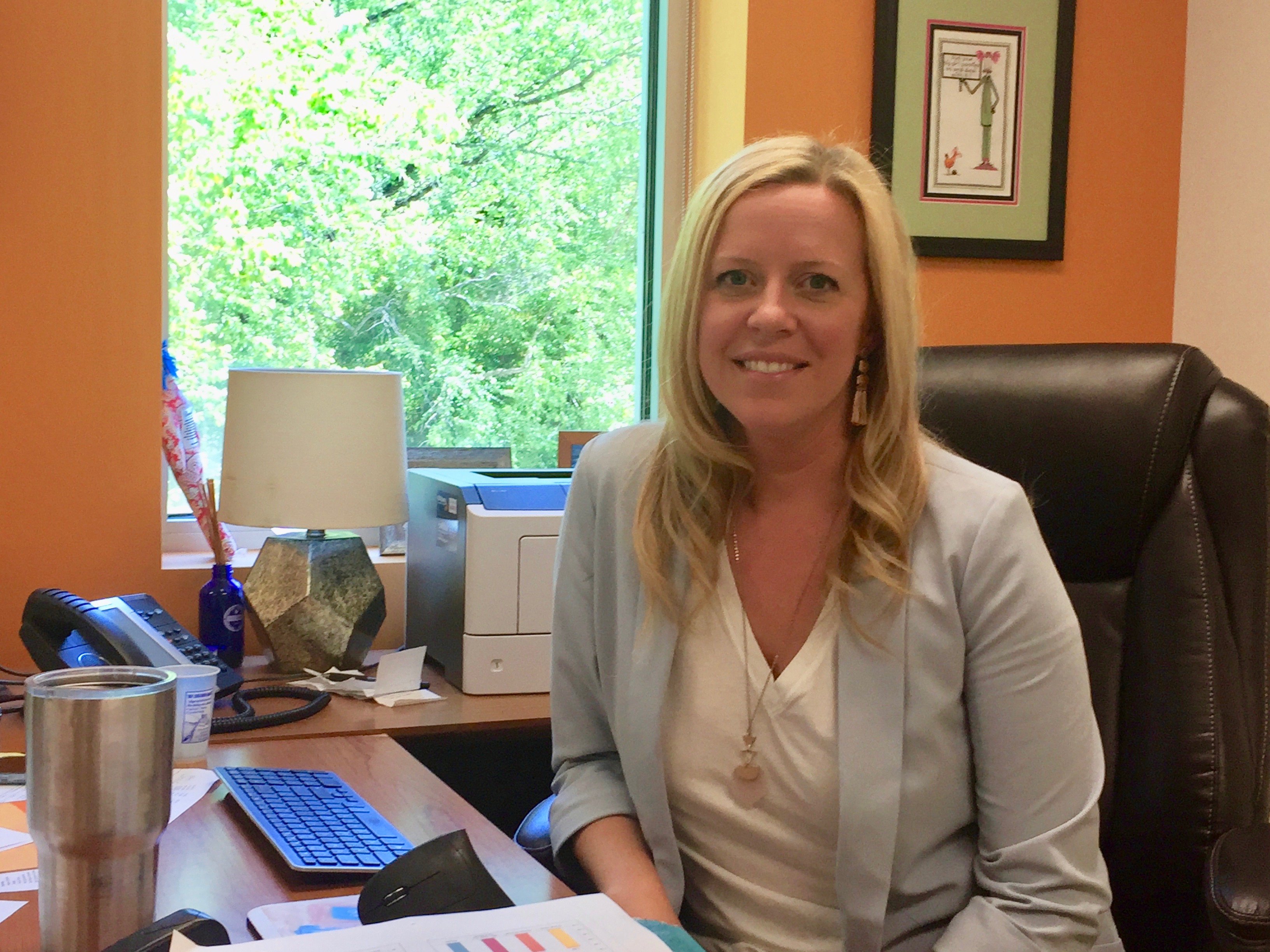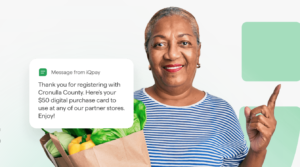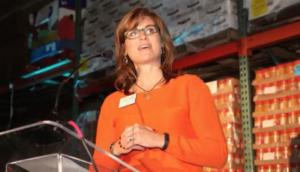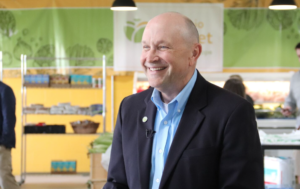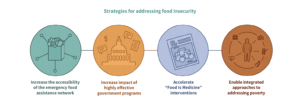In North Carolina, the working poor make up one-third of the workforce, half of residents can’t afford their rent, and wages are lower today than before the recession.
Hannah Randall, Chief Executive Officer of MANNA Food Bank in Asheville, NC, suspects the situation is worse than the data suggests in the rural counties her food bank serves. Following a listening tour in which Randall visited with about 100 clients, hearing their stories and sometimes seeing where they live, she is more committed than ever to getting food out to the farthest rural outposts.
Randall’s tour brought her in touch with people living in “devastating, deplorable conditions,” she said, with innumerable health problems and sometimes with no running water or power. It hit home the enormity of the service that the food bank provides. “It’s clearer to me than ever before that we are literally saving people’s lives,” Randall said.
Studded with mountain ranges and rivers, MANNA’s Western North Carolina service area embodies the classic conundrum of rural hunger: Not only is food insecurity more pronounced in rural areas, it’s also harder to solve. Rural counties make up 63% of all counties, but represent 78% of those with the highest food insecurity, according to Feeding America’s 2019 Map the Meal Gap report.
Long distances between food access points combined with subpar transportation make the problem more difficult to fix than in urban areas. “People are living in hollows and are forgotten,” Randall said. “Getting to that last mile and filling that gap is a real critical issue for us.”
Encouragingly, Randall is offering a service that elicits an immediate response. “When you show up with food, someone will open the door,” she noted. That entry point paves the way for MANNA to assess other needs and line up additional partners that can build upon the foundation of healthy food. “Food is not just about nutrition,” Randall said. “It opens the door for the community to care for one another. It’s how we find out about other needs.”
Finding out about community needs is what spurred Randall to begin her listening tour in the first place. The tour, conducted in spring 2019, was unscientific, with Randall attending food distributions at partner agencies and pop-up markets. When agencies conducted home deliveries, Randall participated in those as well. There were no surveys, just conversations. “Clients know what they need, we just need to listen to them,” Randall said.
One concept that became clear was the need to keep things simple. Clients are not looking for much more than basic services, like having partner agencies be open at times when they are not working. In some cases, they require non-food items like cookware and can-openers to be able to use the food they’re given. MANNA is also trying to suss out which additional products and services would be useful, such as health screenings, dentistry or clothing. “We’re asking the community what they want,” Randall said, noting that “there are a lot of partners out there that can help.”
Starting in August, MANNA will be sending out a large truck laden with food every day into its service area. The data-informed truck will use mapping and other software to identify the areas of greatest need and ensure it is showing up at the times and places that are optimal for the community. The “judgment-free” mobile distributions will require minimal intake information, Randall said. “If you show up and say you need food, you will get it.”
MANNA is also considering organizing formal food deliveries to rural homes. Such deliveries, which currently occur on an ad-hoc basis when partner agencies decide to take them on, are extremely resource-intensive, Randall acknowledged, making them tough for results-driven foundations to support. Randall maintains, however, that they are vital, allowing MANNA to deliver much more than food, including companionship, community and even suicide prevention.
“The people along the last mile are the most isolated people,” she said. “It’s vital for us to get to those folks. There are way more out there than we think.”
